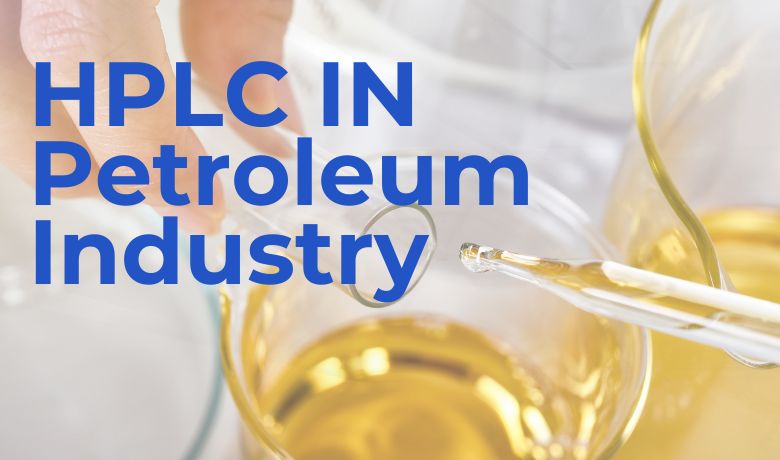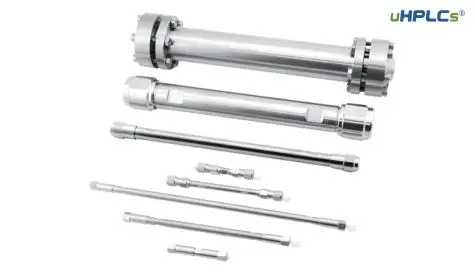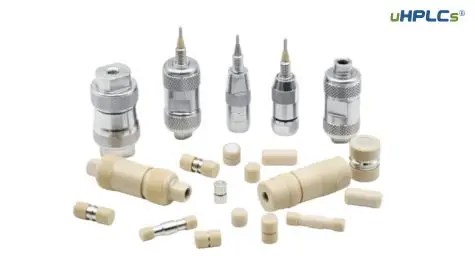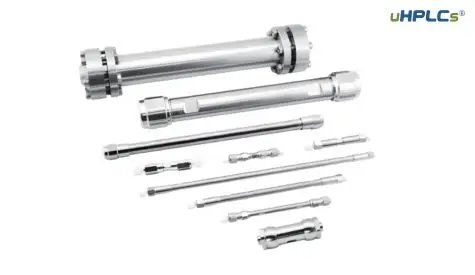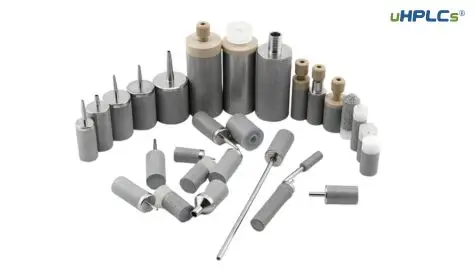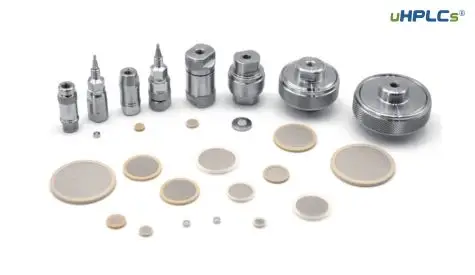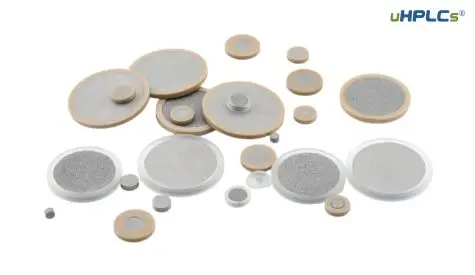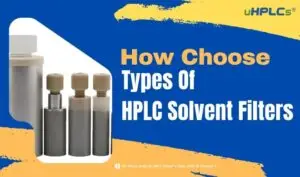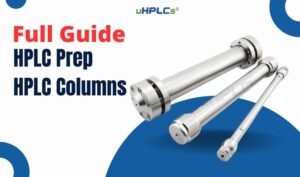A range of methods can detect petroleum composition and its products. Still, comparing many methods has led to the conclusion that high-performance liquid chromatography separation and mass spectrometry detection is currently the most effective analytical method and representative of the composition of the structural families of petroleum and its products.
Unraveling the Complexity of Petroleum: The Superiority of HPLC and Mass Spectrometry in SARA Analysis
Various methods can describe the composition of petroleum and its products. The four-component (SARA) (saturated hydrocarbons, aromatics, gums, and asphaltenes) analysis method is widely used in petroleum fraction analysis. Different separation methods and different detection methods yield different results. In comparing various methods, it is concluded that the separation by high-performance liquid chromatography and detection by mass spectrometry is the most effective analytical method and representative of the composition of the structural families of petroleum and its products.
At present, the main methods used in scientific research and production for the separation of the chemical family composition of crude oil, fuel oil, coal tar, and chemical raw materials are classical column chromatography (LC), gas chromatography (GC), thin layer chromatography (TLC), high-performance liquid chromatography (HPLC) and gel chromatography (GPC).
Detection methods
The detection means used for post-separation include spectroscopic techniques such as differential refraction (RI), fluorescent indicator (FIA), ultraviolet (UV), hydrogen flame (FID), infrared (IR), and near-infrared (NIR).
RI is a general-purpose detector, but the sensitivity is relatively low. One of these detection methods currently widely used in the petrochemical industry is the UV detector, as the spectroscopic method determines the hydrocarbon type based on the information of some functional groups. Therefore, these methods cannot give a more detailed structural composition, and the detection results vary widely. In addition, there are electrochemical detectors, such as conductivity, coulometric, amperometric, polarographic, potentiometric, and photoconductive, etc. However, electrochemical detectors require polar solvents as mobile phases, and in most cases, they can only detect electrically active substances. The study of HPLC, in combination with FTIR, mass spectrometry, NMR, inductively coupled plasma spectroscopy, etc., fundamentally solves the problem of characterization of chromatographic effluents.
With the continuous development of mass spectrometry technology, applying mass spectrometry to study the composition of petroleum is considered the ideal method. In the study of mass spectrometry, since different compounds can produce their unique ion peak spectra, it makes the structural characteristics obvious and easy to analyze and identify accurately, especially in the analysis of the structural family composition, which is unmatched by other instruments.
In addition, the intensity of the same fragment ion peaks of the same type of compounds is additive and can be used as the basis for mass spectrometry quantification. Therefore, mass spectrometry is suitable for determining the hydrocarbon family composition of various petroleum products. It can further classify the separated saturated and aromatic hydrocarbons into a series of types according to their structures. The results determined by this method are the most detailed of all oil product structure and composition analyses. In addition, mass spectrometry can also be used to identify non-hydrocarbon components.
HPLC analysis of petroleum products
1. Determination of diesel fuel hydrocarbon composition by HPLC
The fluorescent indicator method (FIA) is used in the ASTM method to determine the diesel fuel composition. The method has a series of problems in the application, such as the determination of the boiling range of the sample can not exceed 315 ℃, but also can not determine the colored samples. Currently, the boiling range of diesel products in China is generally close to 350 ℃, and most of the samples are colored, and some are even very dark. The FIA method is not suitable for determining the composition of our diesel fuel families. In addition, when using the FIA method to analyze diesel fuel, due to incomplete separation between components, regional judgment is more subjective, the accuracy and precision are greatly affected, and there are certain difficulties for quantitative analysis.
For example, although the RI detector responds to all kinds of components, it is difficult to determine a set of universally applicable calibration factors because the composition of different oils varies greatly; in addition, the detector is not applicable if the analysis process involves the change of the mobile phase. 9O In the early 1990s, supercritical fluid chromatography was adopted by ASTM as the standard method for the determination of aromatic content in diesel fuel, which solved the limitations of the FIA method on color. The method solved the limitation of the FIA method on the color and distillation range of diesel. Still, the application had many problems, such as the gums could not be eluted, the error of the quantification by area normalization method was large, and the lack of reliable reference samples. Scientists in China used double-column switching high-performance liquid chromatography separation and mobile filament hydrogen flame detector to quantify saturated hydrocarbons and total olefins, monocyclic aromatic hydrocarbons, bicyclic aromatic hydrocarbons, polycyclic aromatic hydrocarbons and gums in diesel oil, and examined the reliability of the instrument system and the accuracy and repeatability of the proposed method, which solved the shortcomings of the above methods.
2. HPLC determination of four components of lube oil base oil
The chemical group composition of lubricating oil base oil was separated and analyzed by HPLC method with double column switching of bonded cyanide-based column and silica gel column with n-hexane as mobile phase and detected by RI. The analytical results of the samples obtained by LC analysis were used as the basis for quantitative calibration of the HPLC method for analyzing saturated hydrocarbons, aromatic hydrocarbons, and gums. Using this quantitative calibration method, quantitative calibration factors for analyzing base oil family composition of different origins and distillation ranges were obtained.
To simplify the data processing and increase the analysis speed, the method introduces an average correction factor, i.e., the quantitative correction factor for samples of the same fraction is the average of the correction factors for samples of multiple origins. The analysis of known and unknown samples with this quantitative correction method shows that the method can meet the requirements for rapid analysis of hydrocarbon family composition in lubricant production processes.
3. HPLC method to study engine lubricants
The chemical composition of engine lubricating oil is important for studying the ageing and quality change of lubricating oil. Lubricants may undergo slow oxidation and condensation reactions in the course of use, and the composition of the products is extremely complex, with oxides being the main ageing product. Therefore, the study of oxide composition is very necessary. This method combines infrared spectroscopy with mass spectrometry to obtain information about the composition structure of oxides, which provides a reliable basis for evaluating lubricants.
HPLC Analysis Method Discussion
The following points should be noted in the HPLC separation process.
1. the selection of the best working conditions
According to the characteristics of the composition of petroleum and its petroleum products chemical groups and the available literature, a double column (cyanide-based column and silica gel column) tandem system is usually selected, with hexane as the mobile phase, the sample passes through the cyanide-based column with the mobile phase, some strong polar gums containing sulfur, nitrogen, oxygen, and other heteroatoms are retained on the column, aromatic hydrocarbons and saturated hydrocarbons flow out from the cyanide-based column, and then enter the silica gel column, retaining the aromatic hydrocarbons. At the same time, the saturated hydrocarbons directly enter the detector. As a result, saturated hydrocarbons were detected first, followed by aromatic hydrocarbons, and finally, gums and the composition of each chemical group were better separated.
However, the experimental results showed that the retention time of forward gum efflux was too long, which reduced the efficiency, so after the efflux of saturated hydrocarbons and aromatic hydrocarbons, the backflush method was used instead to wash down the gum from the cyanide-based column. Thus the analysis time could be shortened.
2. Quantitative correction method
The composition of each race separated by HPLC corresponds to a peak on the chromatogram, and each peak is a “mixed” single peak composed of multiple compounds with similar chemical properties and different refractive indexes (e.g., aromatic hydrocarbons are composed of monocyclic, bicyclic, and polycyclic aromatic hydrocarbons). Therefore, the correction factor for quantitative analysis of each race composition is the weighted average of the correction factors of multiple compounds. However, when analyzing actual samples, the quantitative method becomes very difficult due to the frequent changes in the origin of the raw oil and the differences in the products of different fractions of the production process.
To meet the requirement of rapid determination of the family composition, the chemical composition of the products of the same fraction can be considered approximate. Such a simplified procedure allows the analysis of each family composition of the same oil fraction using the same quantitative correction factor. This correction factor is derived from the classical and HPLC methods. Although this approach can meet the requirements of rapid determination of family composition in practical production, the quantitative correction factors of each compound in the process are inconsistent. Changes in the relative content of these compounds will be transferred to the analytical results by the quantitative correction factor. They should therefore be determined case-by-case basis.
3. The accuracy and precision of the method
To further improve the accuracy and precision of the analysis, it is necessary to accumulate more samples of different origins and distillations for the control analysis of multiple methods and summarize the quantitative calibration methods for samples of different origins and distillations.
By separating petroleum and its petroleum products by HPLC, the sample will not be lost by evaporating the solvent, and the sample’s composition will not be changed by heating. The method has important applications in practical production. HPLC is used as an efficient means of separation and analysis. Still, there are some problems with the accuracy of qualitative and quantitative analysis due to the lack of suitable detectors. Mass spectrometry detection is the most reliable means of identification and has a promising application.
Contact uHPLCs
Seeking top-notch HPLC Column Hardware and accessories for your oil analysis project?
Contact uHPLCs, your trusted source for quality High-Performance Liquid Chromatography solutions. Our experts are ready to assist you in selecting the perfect components to ensure precise and reliable results in your petroleum analysis endeavors.
Connect with us today for unmatched expertise and superior HPLC supplies

